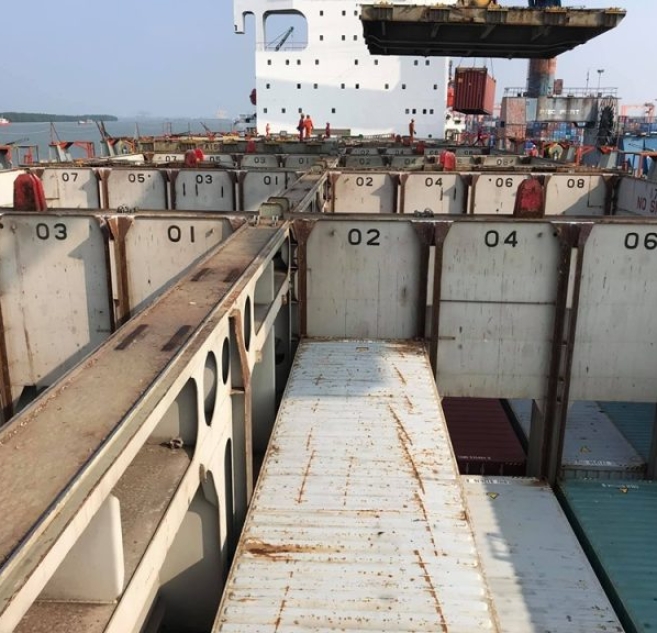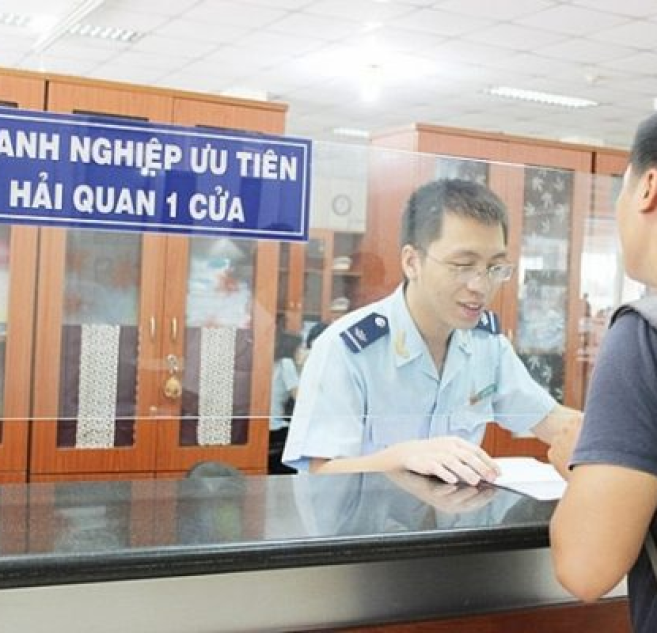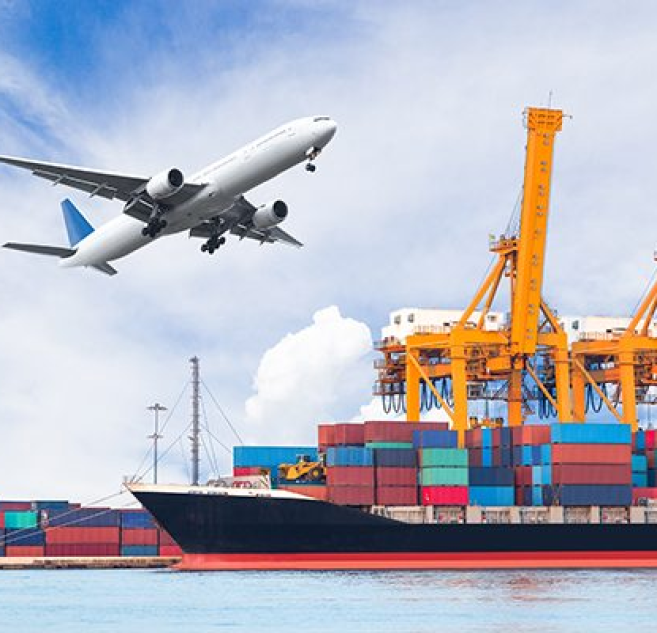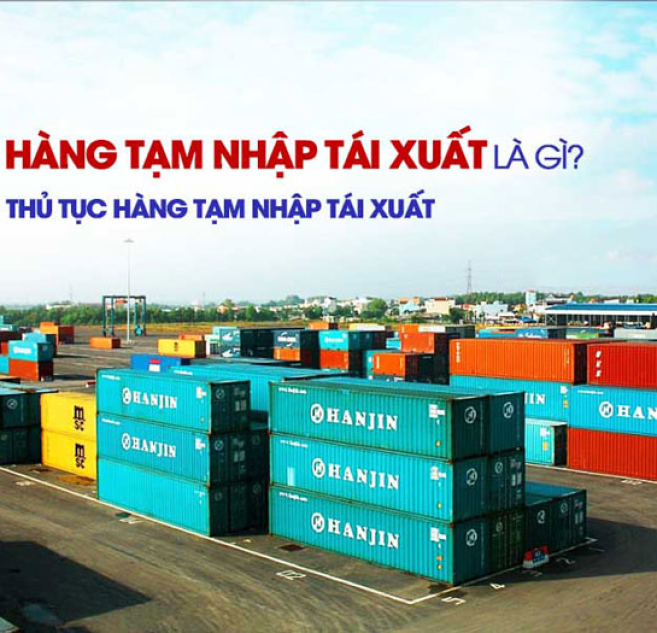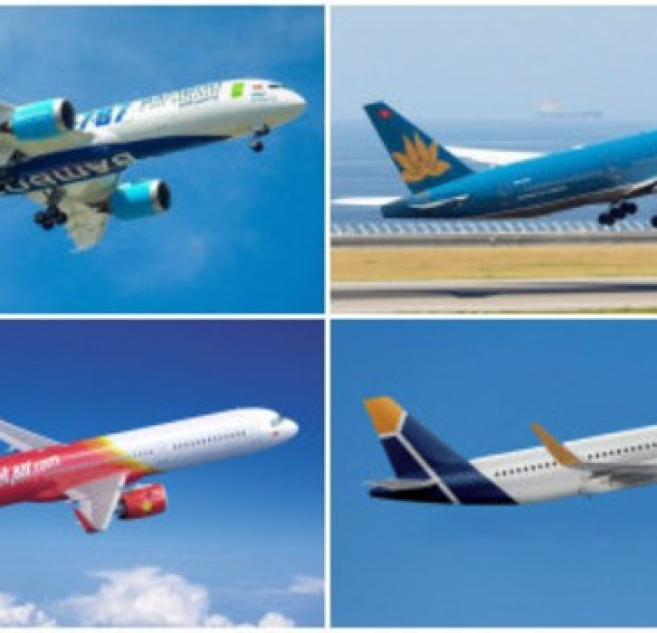The Southeastern region is actively implementing a series of key transportation projects, including Ring Road 3, the Bien Hoa - Vung Tau Expressway, and Long Thanh International Airport. These projects are expected to significantly reduce logistics costs, which currently account for more than 30% of product prices and place a heavy burden on businesses.
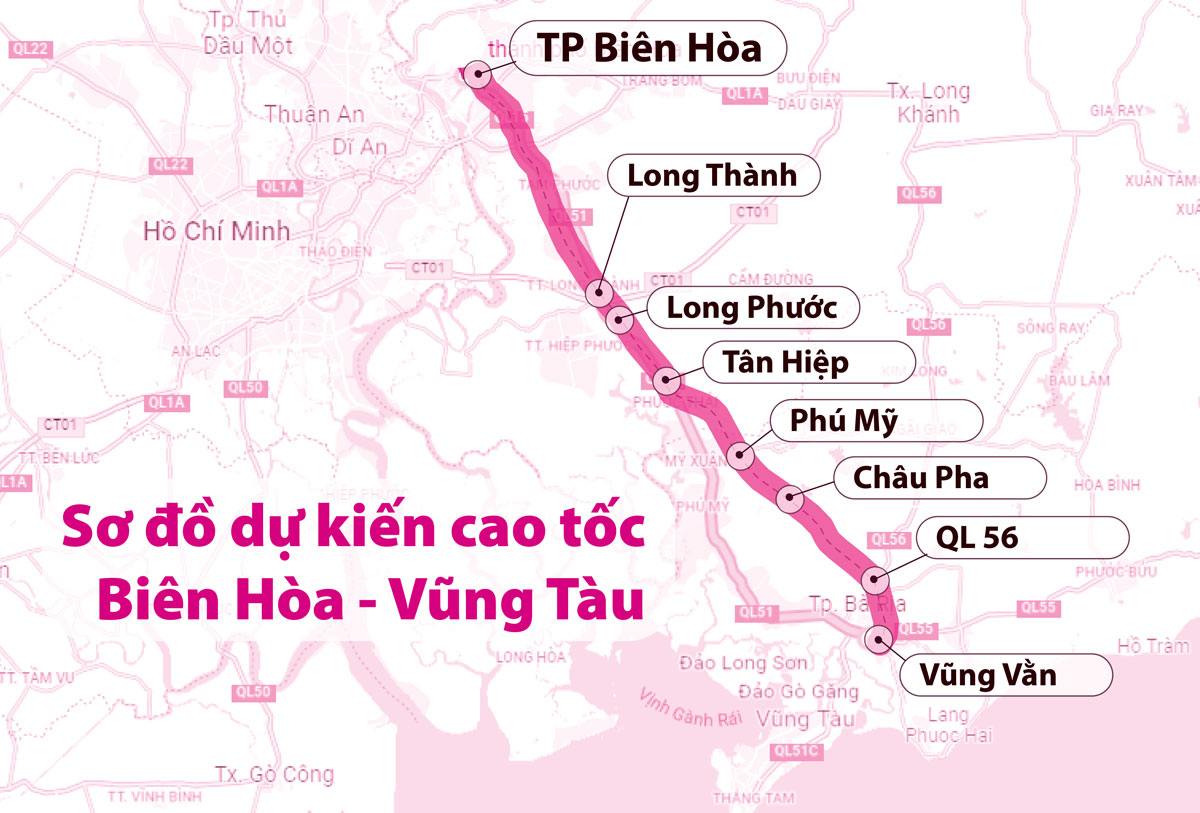
Currently, Mekong Logistics Co., Ltd. frequently transports goods from industrial zones in Dong Nai to the Cai Mep - Thi Vai Port (Ba Ria - Vung Tau), but the main route, National Highway 51, is often congested. This overload drives logistics costs up to 35% - 40% of the product price. Businesses expect that once the Bien Hoa - Vung Tau Expressway is operational, congestion issues will improve, thereby enhancing regional connectivity, reducing transportation costs, and increasing logistics efficiency.
Due to limited transportation infrastructure, only about 15% of import-export goods are transported by road to CMIT Port, while nearly 90% must be transshipped by barge. This forces port enterprises to allocate up to 40% of their capacity to loading and unloading operations. The reliance on waterway transport not only prolongs cargo transit times but also increases operating costs.
Experts predict that when the Bien Hoa - Vung Tau Expressway is in operation, the flow of goods through CMIT Port will improve significantly. This will ease pressure on the barge transshipment system and allow port enterprises to optimize their operating capacity.
Ms. Bernadette Chan, General Director of Cai Mep International Terminal (CMIT), stated: "A well-integrated transportation network will significantly reduce logistics costs, enhance transportation efficiency, and ensure seamless connectivity between different modes of transport, thereby optimizing cargo flows at deep-water ports."
Beyond the Bien Hoa - Vung Tau Expressway, Long Thanh International Airport is also under construction, with a target capacity of handling up to 5 million tons of cargo annually. In addition to being a key air transport hub, Long Thanh is planned to become a modern airport city. The surrounding area will develop into a diverse ecosystem, including industrial, commercial, service, and tourism centers, attracting logistics enterprises to invest.
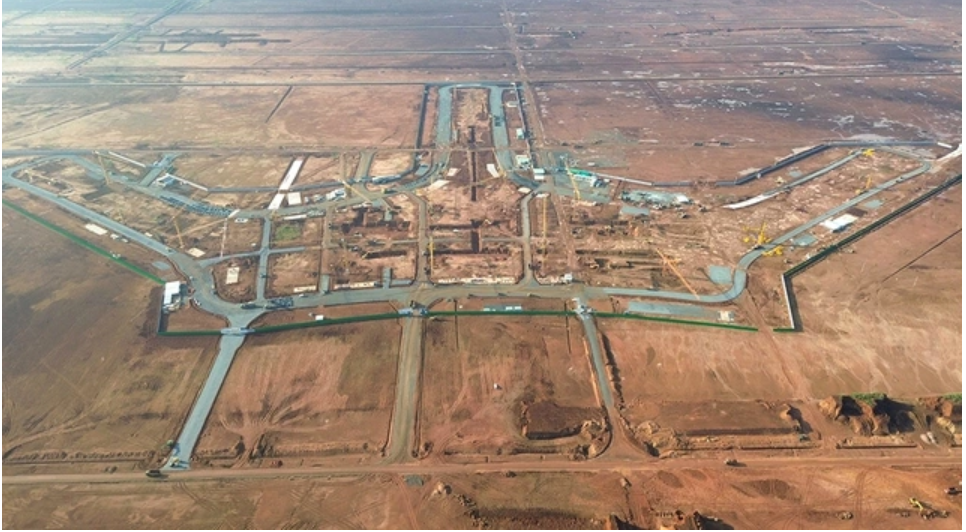
According to Mr. Nguyen Chi Dung, Secretary-General of the Vietnam Logistics Association, the rapid development of modern infrastructure will provide favorable conditions for leading logistics enterprises to invest in the region. He emphasized, "With continuously improving service quality and reasonable costs, cutting-edge automation solutions will be implemented to facilitate faster and more efficient cargo movement."
Currently, Southeastern Vietnam is a major logistics hub with around 15,000 businesses operating in the sector. As infrastructure limitations are gradually addressed, the road transport network, seaports, airports, warehouses, and logistics centers are expanding, forming an extensive and well-connected system. Given the current growth rate, the logistics industry is expected to continue its strong expansion and become one of the most stable service sectors in the future.

